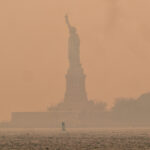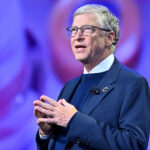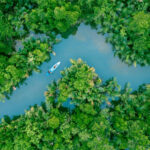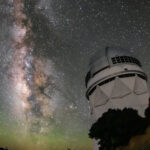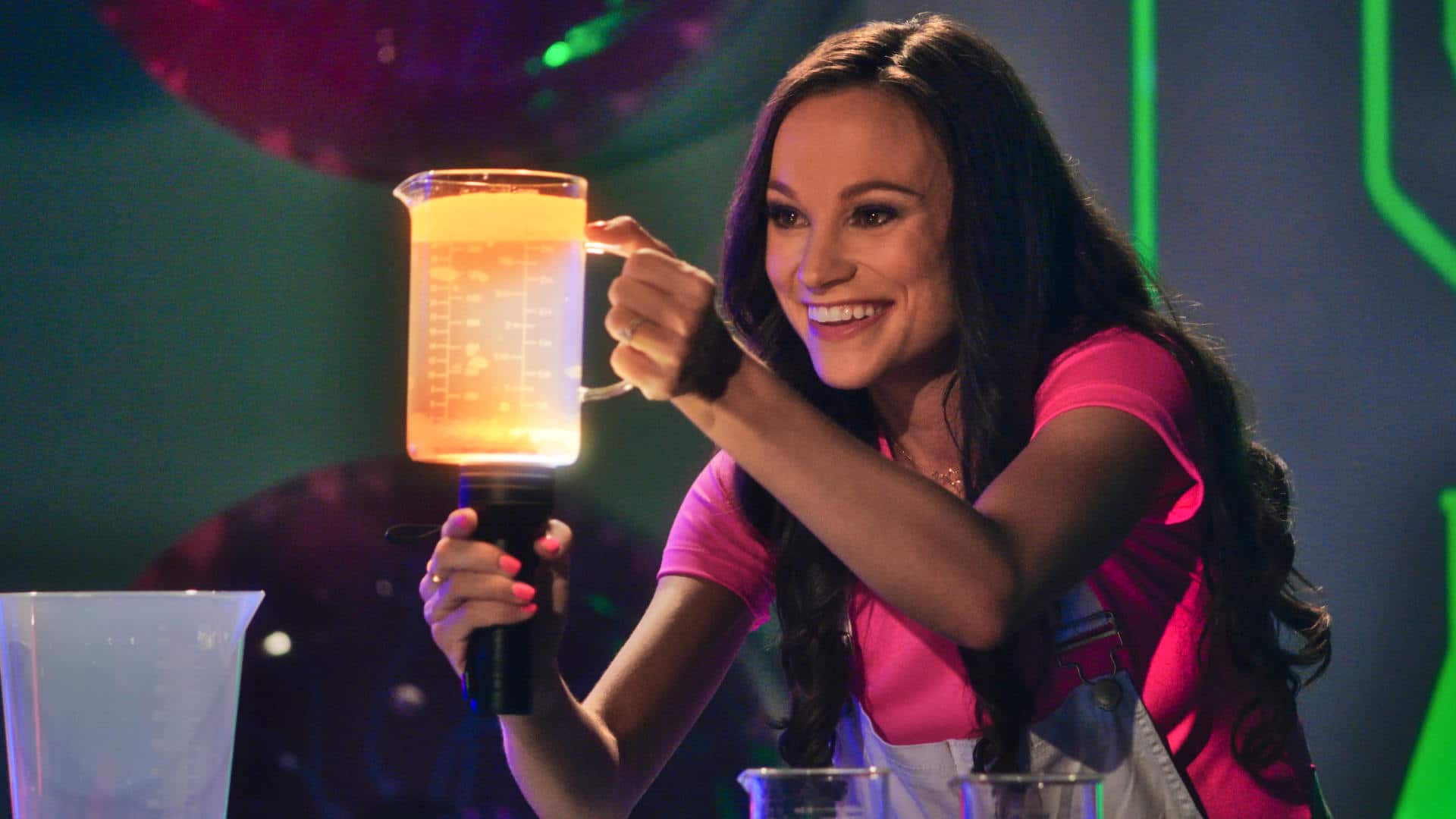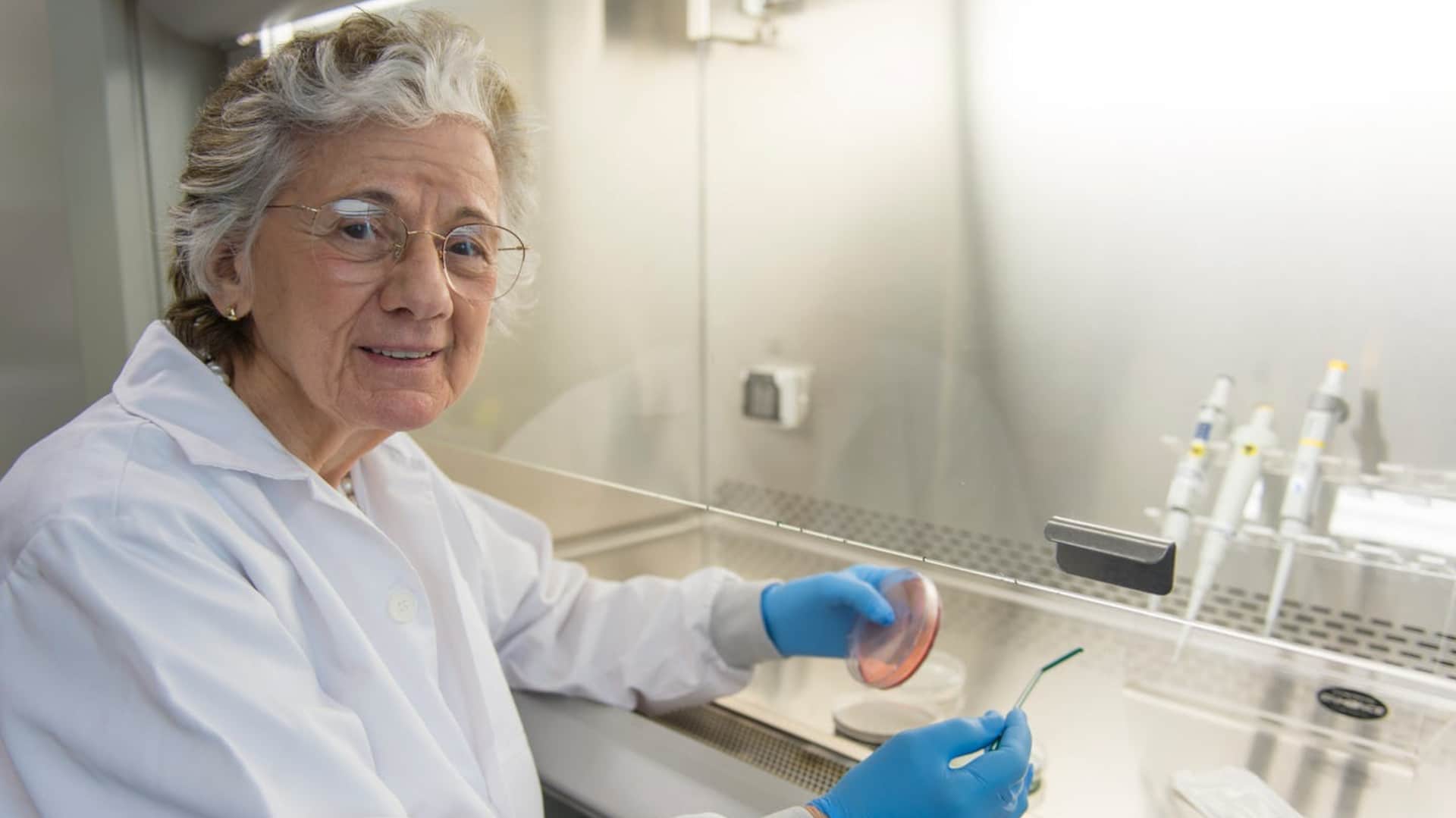Television Review: A New Wave of Vibrant Science Programs
When WMAR, Baltimore’s first television station, began broadcasting in 1947, a local public relations official saw an opportunity. Lynn Poole had recently been named the first director of public relations at Johns Hopkins University, and he was looking for ways to promote the institution’s cutting-edge research. So when word got out that WMAR was looking for programming, he made his pitch: a weekly live show, starring actual scientists, that explored the scientific issues of the day.
“The Johns Hopkins Science Review” premiered in March 1948, with Poole at the helm. Each live episode explored a single topic — from X-rays to human spaceflight — and featured working scientists conducting demonstrations. The award-winning show had a shoestring budget, forcing its staff to innovate, fashioning props out of plywood or paper. They used popcorn to stand in for molecules, puffed cereal to simulate electrons, and an array of mousetraps to illustrate a nuclear chain reaction.
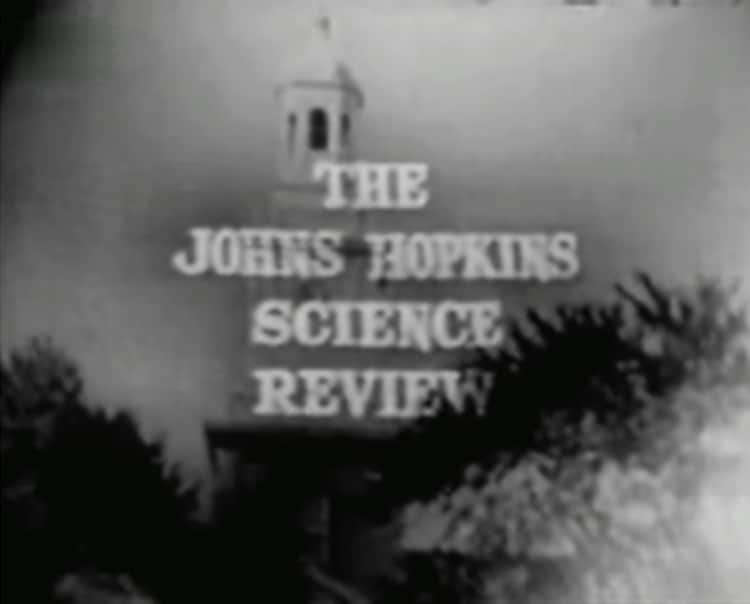
Opening credits of “The Johns Hopkins Science Review” in 1951.
Visual: Johns Hopkins University
But the program was more sophisticated than its low-fi effects would suggest, and Poole took pains to treat his audience with respect. “He knew that a lay audience was still a smart audience,” says Ingrid Ockert, a historian of science and an adviser to the American Archive of Public Broadcasting. “He was very clear to not talk down to his audiences.” In fact, Ockert says, Poole once got fan mail that read: “You don’t think we’re morons. Keep it up!”
In the decades since “The Johns Hopkins Science Review” went off the air, the supply of science TV has mushroomed. There’s now a show for seemingly every taste. There are shows that turn science into spectacle (a la “Mythbusters”), wide-ranging documentary series (the long-running “NOVA”), talk shows (Neil deGrasse Tyson’s “StarTalk”), shows about dinosaurs (“Prehistoric Road Trip”), shows about drugs (“Hamilton’s Pharmacopeia”), shows about natural disasters (“Extreme Weather”), shows about space (“Cosmos: Possible Worlds,” for one), animated shows for children (such as “Sid the Science Kid”), wilderness survival shows (like “Alone”), manufacturing shows (“How It’s Made”), and a seemingly endless supply of nature and wildlife series. (The BBC alone is responsible for a host of shows with the word “Planet” in their titles.)
In terms of sheer quantity, at least, science-curious viewers have never had it better, and the genre continues to evolve, especially as streaming services begin to invest in their own original content. Disney+ has launched several on-brand animal-centric shows, while Apple TV+ is reportedly developing two new series about climate change.
But unsurprisingly, perhaps, it’s Netflix that’s jumped out to an early lead. In 2020 alone, the streamer launched a show dedicated to science experiments for children; a globe-trotting docuseries about “the hidden science of everything;” a show that purports to answer questions about human behavior by subjecting 100 volunteers to a variety of social experiments; an exploration of what life might look like on other planets; shows about child development, the science of sex, and the Challenger disaster; a docuseries about doctors and another about surgeons; a docuseries about pandemics and another about the coronavirus specifically; a show devoted to testing an assortment of survival gear; an investigation of misconduct by two drug lab chemists; a celebrity travel show that focuses on health and sustainability; two science-adjacent shows about wellness and alternative medicine; and at least four wildlife shows, including one about an Australian koala rescue, one about small critters, one about strange animal behaviors, one about wildlife at night. In 2020, “there was an explosion of new science series on Netflix,” Ockert says. “I’m not really sure why.”
There could be numerous factors in play. For one thing, the streaming boom has created the need for more content, of all kinds, and the fragmentation of television audiences makes it possible for a niche show to succeed with a relatively small, devoted viewership. But the surge of science shows may also reflect contemporary societal concerns, including the need to foster a larger and more diverse STEM workforce and a desire to improve the public understanding of science, especially at a time when it’s often under attack. Or it may simply be that science communication has become a more viable and appealing career path. “I’ve met a lot of young scientists who’ve wanted to become communicators because they want to help the public,” Ockert says. “Some of them have been galvanized by political events, but many of them want to give back and help others connect with science because it’s cool!”
Whatever the underlying causes, Netflix’s new offerings illustrate what Poole understood all those decades ago: The most successful shows are those that trust the audience’s intelligence — and complicate, rather than simplify, our view of science.
“Connected,” a six-episode docuseries hosted by science journalist Latif Nasser, is among the best of the bunch. It’s a wildly ambitious show that lives up to its promise to help viewers “see the world in a whole new way.” Each of the six episodes revolves around one generic sounding topic — from “surveillance” to “clouds” — but takes viewers to unexpected places, both literally and figuratively.
For instance, episode three, “Dust,” begins in a patch of the southern Sahara that was once covered by an enormous freshwater lake. Today, the former lakebed is strewn with the fossilized remains of fish, crocodiles, hippos, and lots of single-celled algae. Strong winds whip across the dry basin, turning this sediment into a fine white dust. The Sahara generates over 150 million tons of dust annually, and the episode traces its journey west as it drifts over the Atlantic Ocean, sapping hurricanes of their power, feeding oxygen-producing plankton, and fueling toxic algal blooms.
Eventually the dust ends up in the Amazon rainforest, replenishing the nutrients in the soil. “Every year, an estimated 22,000 tons of Saharan phosphorous lands here, almost exactly the amount that the Amazon loses to rain and flooding,” Nasser explains. He goes on: “Without the world’s driest, most desolate place, the world’s most vital and vibrant place wouldn’t be what it is.”
Nasser, who is also the co-host of “Radiolab,” is an amiable guide with a delightfully geeky exuberance, and in each episode, he highlights links between seemingly far-flung places and ideas. In the second episode, “Poop,” he embarks upon “an odyssey of excrement,” with stops at the Portuguese cave where scientists discovered 50,000-year-old poop; a London sewage pumping station; drug-spiked lakes in Sweden; and even the Moon, which has become the final resting place for bags of astronaut waste.
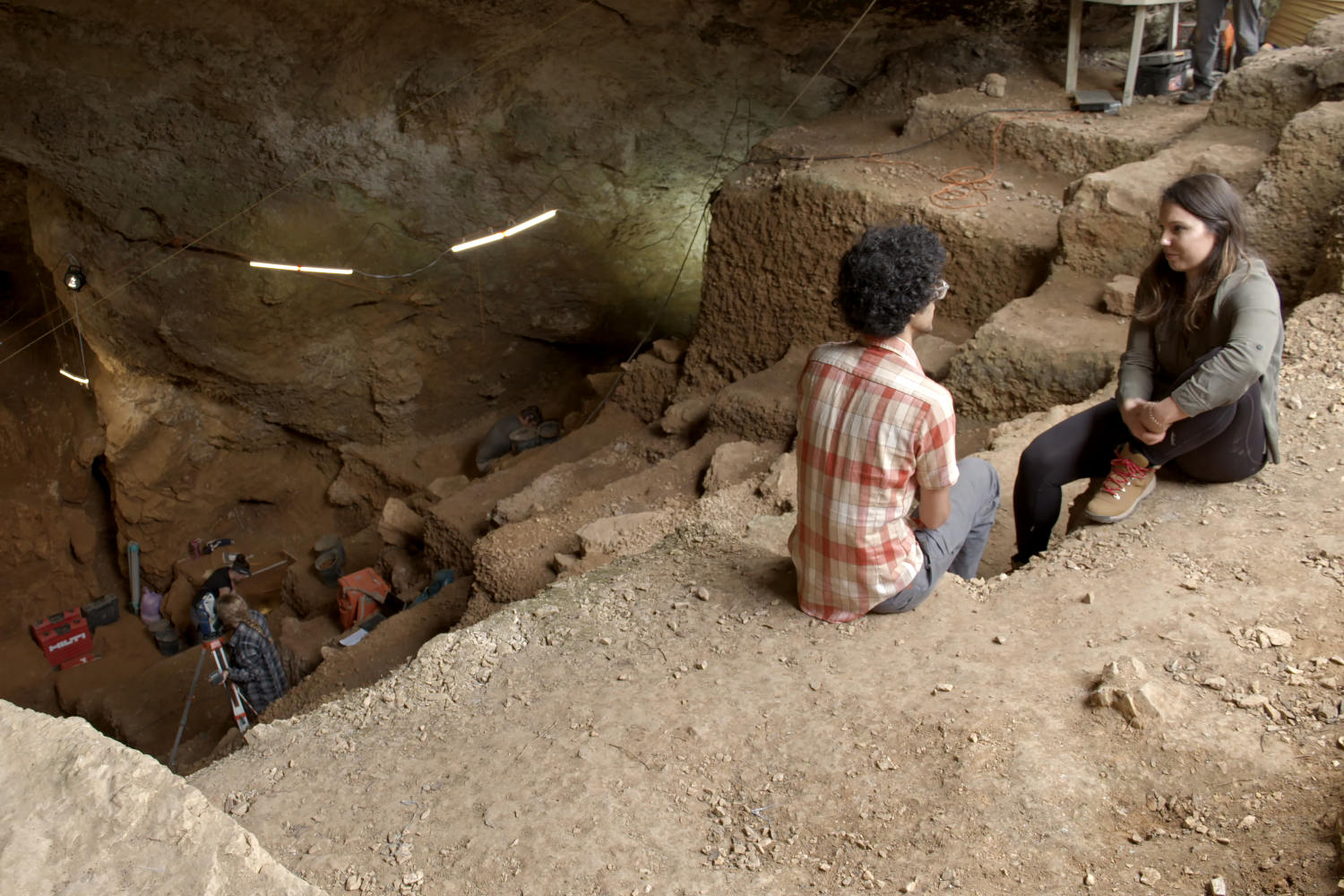
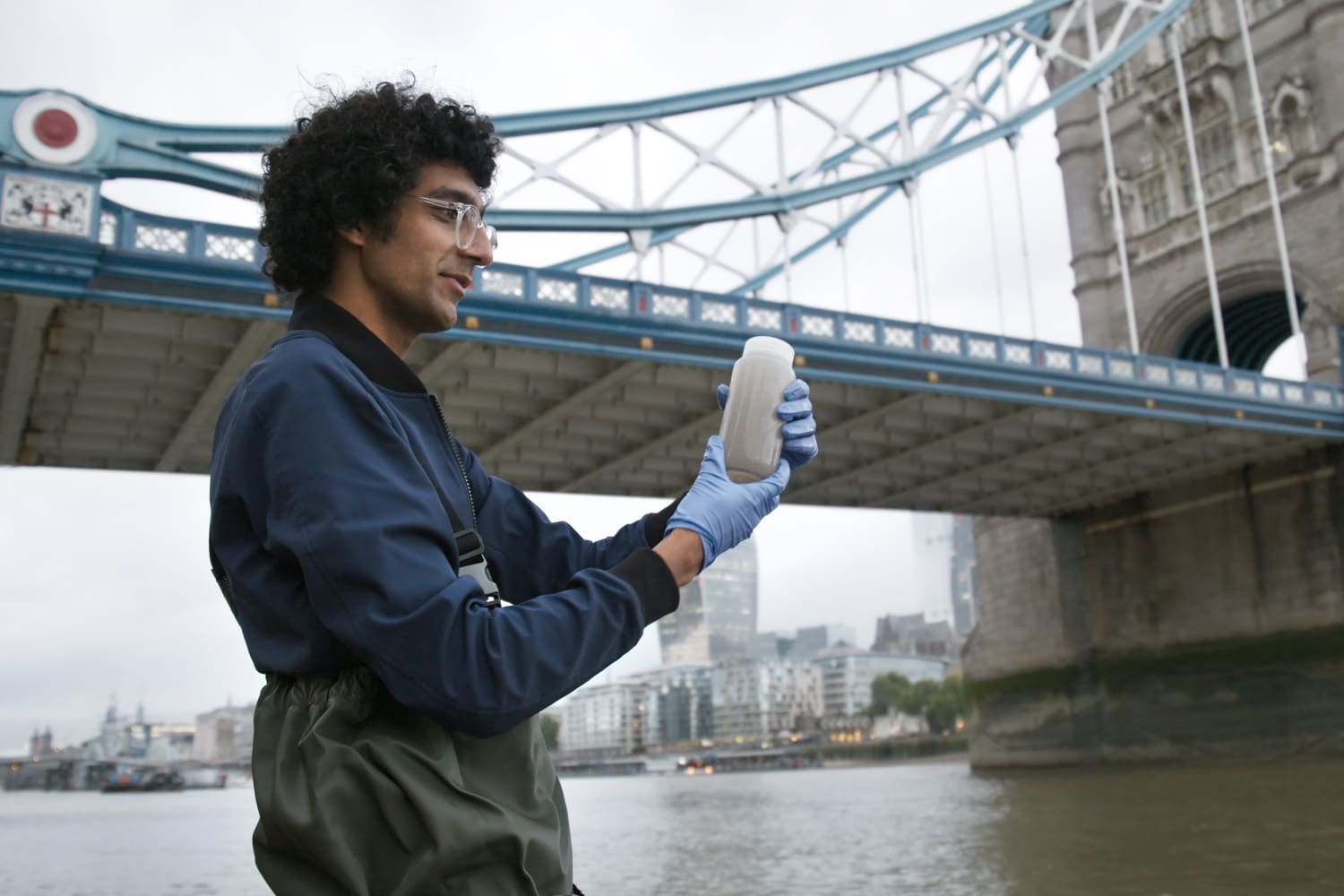
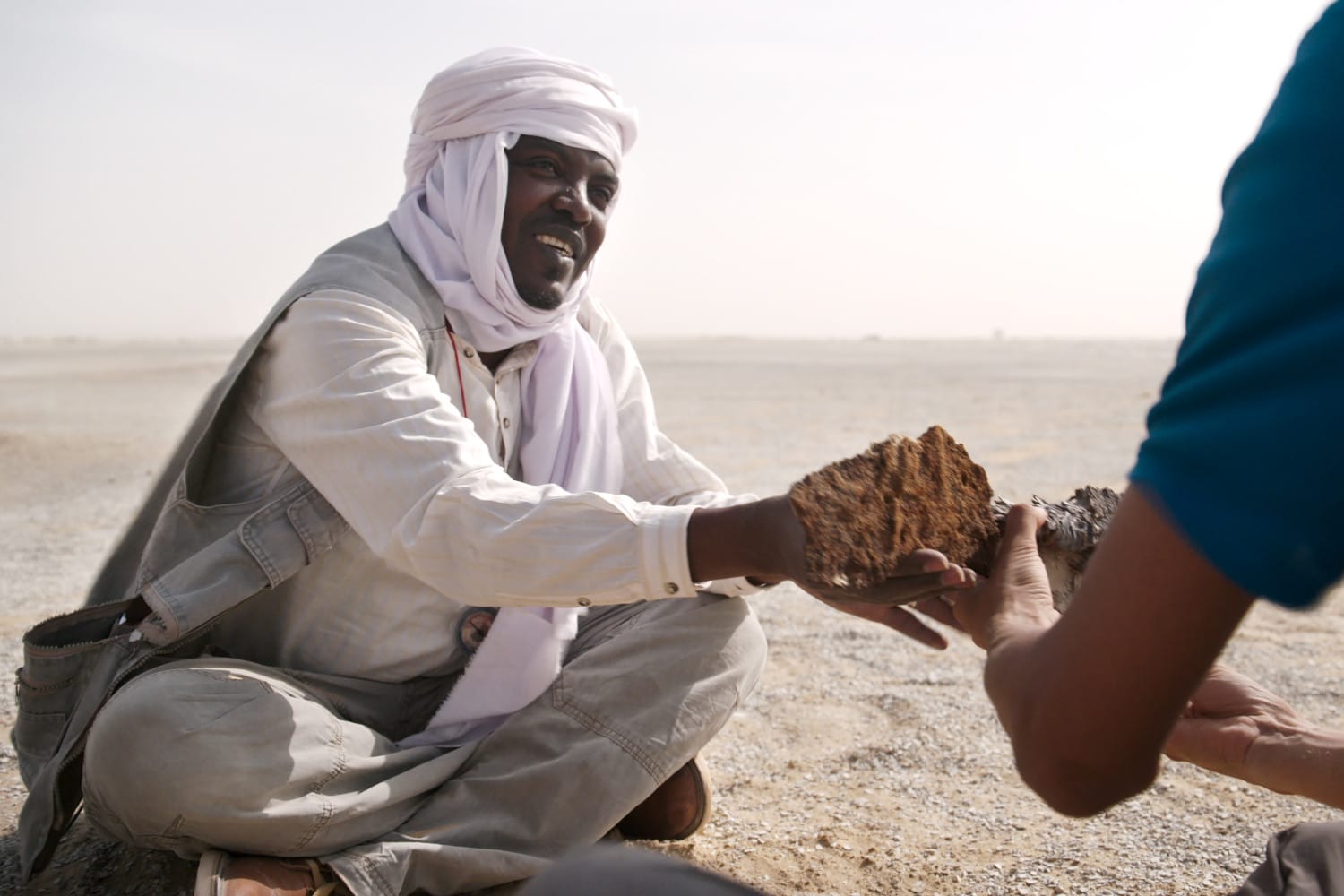
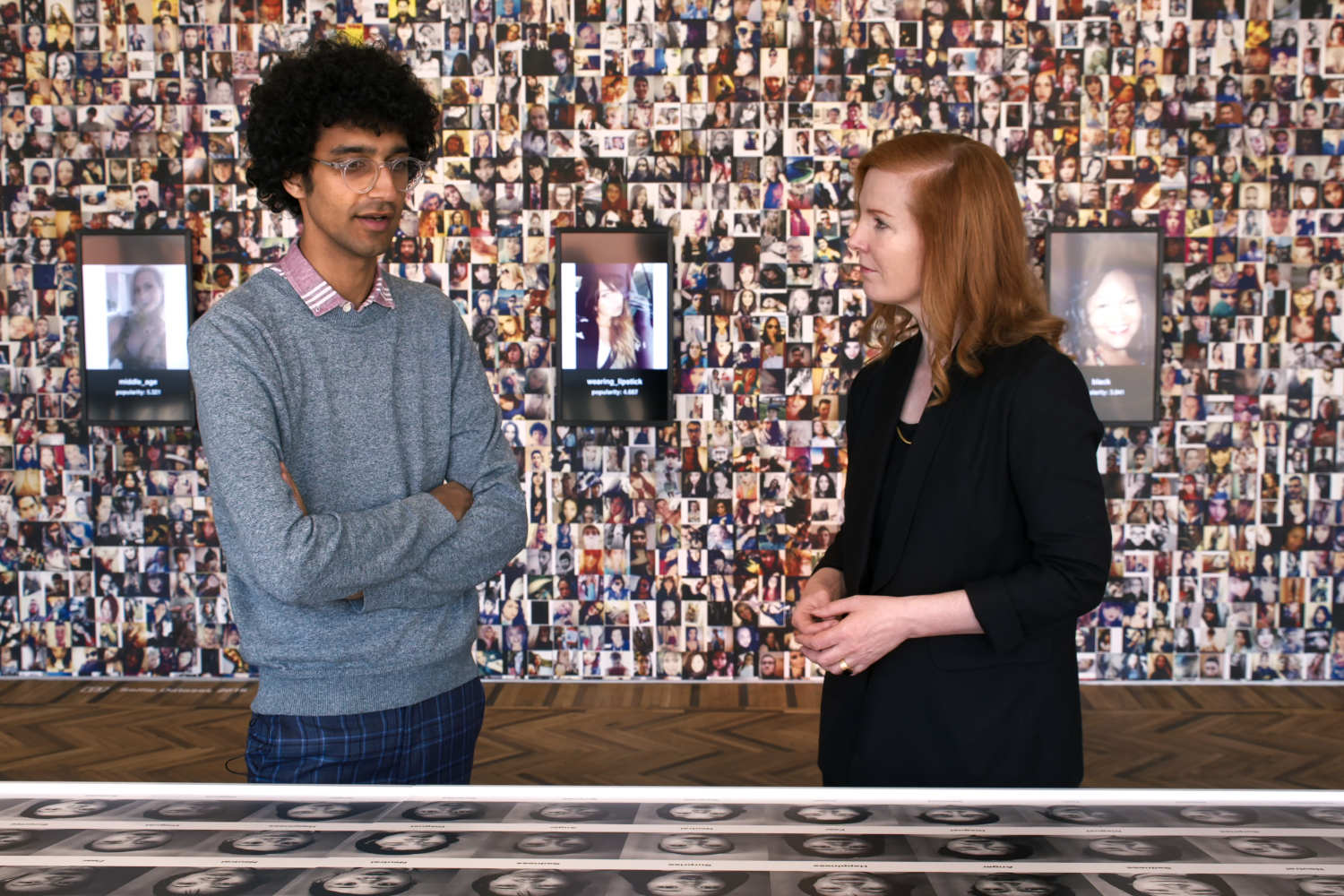
It’s an expansive, inclusive vision of science, with an international cast of characters and rich interdisciplinary connections. And Nasser, who has a Ph.D. in the history of science, repeatedly highlights scientific failures — both technical and moral. The opening episode, “Surveillance,” for example, notes that facial recognition technologies are often built on data collected without consent, tend to be especially mistake-prone when it comes to people of color, and can become downright dystopian in the hands of employers, law enforcement agencies, and repressive governments. “It does feel like a tool that sides with the powerful ‘cause they’re the ones with the cameras, and they’re the ones with the computer program,” Nasser observes.
But in the same episode, Nasser also explores how GPS tracking is shedding light on birds’ migratory behavior and how machine vision could help farmers monitor the emotional lives —and potentially improve the welfare — of pigs. It exemplifies the show’s nuanced view of science, one that neither venerates nor vilifies.
“Connected” also illustrates the way that many scientific findings are simply preludes to more questions. When tiny bird-tracking devices reveal that a certain species of North American thrush seems able to predict the severity of upcoming hurricane seasons, and adjust its migration schedules accordingly, the ornithologist who made the discovery is both amazed and baffled. “I have no idea how they do that,” he admits. “No idea how they do that. Clearly, they’re cued into something that’s linked up with the global climate. It’s a real mystery.” It’s a valuable reminder that for all that scientists have learned about our complex and astonishing world, there are many things that remain beyond our comprehension.
On the surface, “Emily’s Wonder Lab” seems like a radically different show, with its sub-15-minute episodes devoted to science experiments for kids. But it embraces the same spirit of discovery. In each installment, host and co-executive producer Emily Calandrelli — an experienced science communicator who also hosts and produces “Xploration Outer Space” on Fox— leads a small group of children through a hands-on project. The show delights in bright, messy spectacles (“Science is more fun in color,” Calandrelli notes), with episodes devoted to making fluorescent paint, “rainbow horse toothpaste,” air cannons, and balloon-powered cars. Along the way, Calandrelli provides accessible explanations of the underlying scientific processes, using real technical terms like “cross-linking polymers” and “non-Newtonian fluids.” She closes by demonstrating a project that viewers can tackle at home, such as making a lava lamp, a tiny hovercraft, or a pumpkin that “barfs” bright green foam.
It’s a classic format, one made famous by the hit children’s science shows “Science Circus,” which debuted in 1949, and “Watch Mr. Wizard,” which followed in 1951. But “Emily’s Wonder Lab” is thoroughly modern, and that starts with the host. Don Herbert, the actor who played Mr. Wizard, was a middle-aged White man, as were the stars of many subsequent science shows for kids, including “Bill Nye the Science Guy” and “Beakman’s World.” “And all of the titles refer to men,” says Jocelyn Steinke, an associate professor of communication at the University of Connecticut. “When we did see women portrayed as scientists on those programs, they were often portrayed as research assistants and as students. We saw very few women as leads.”
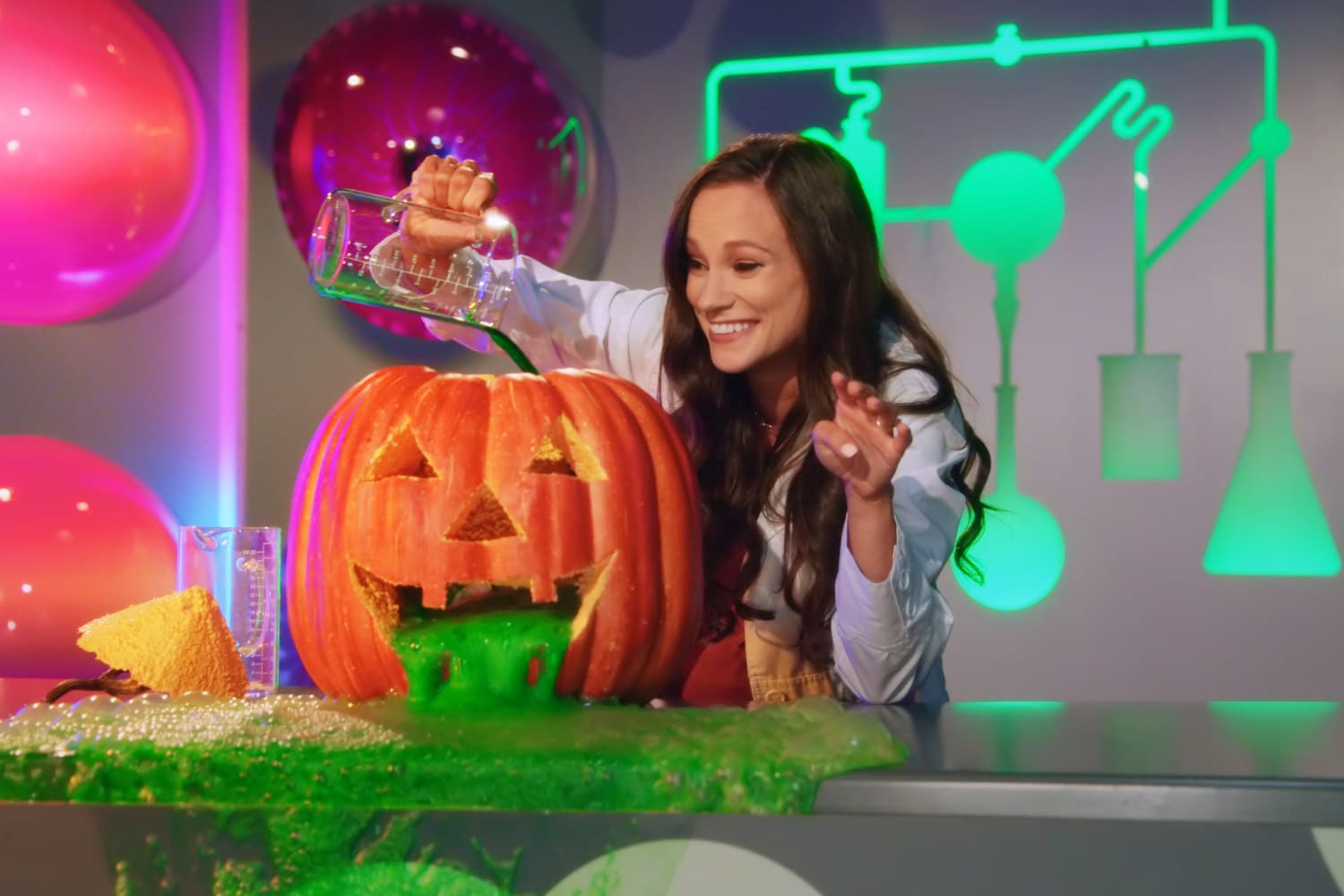
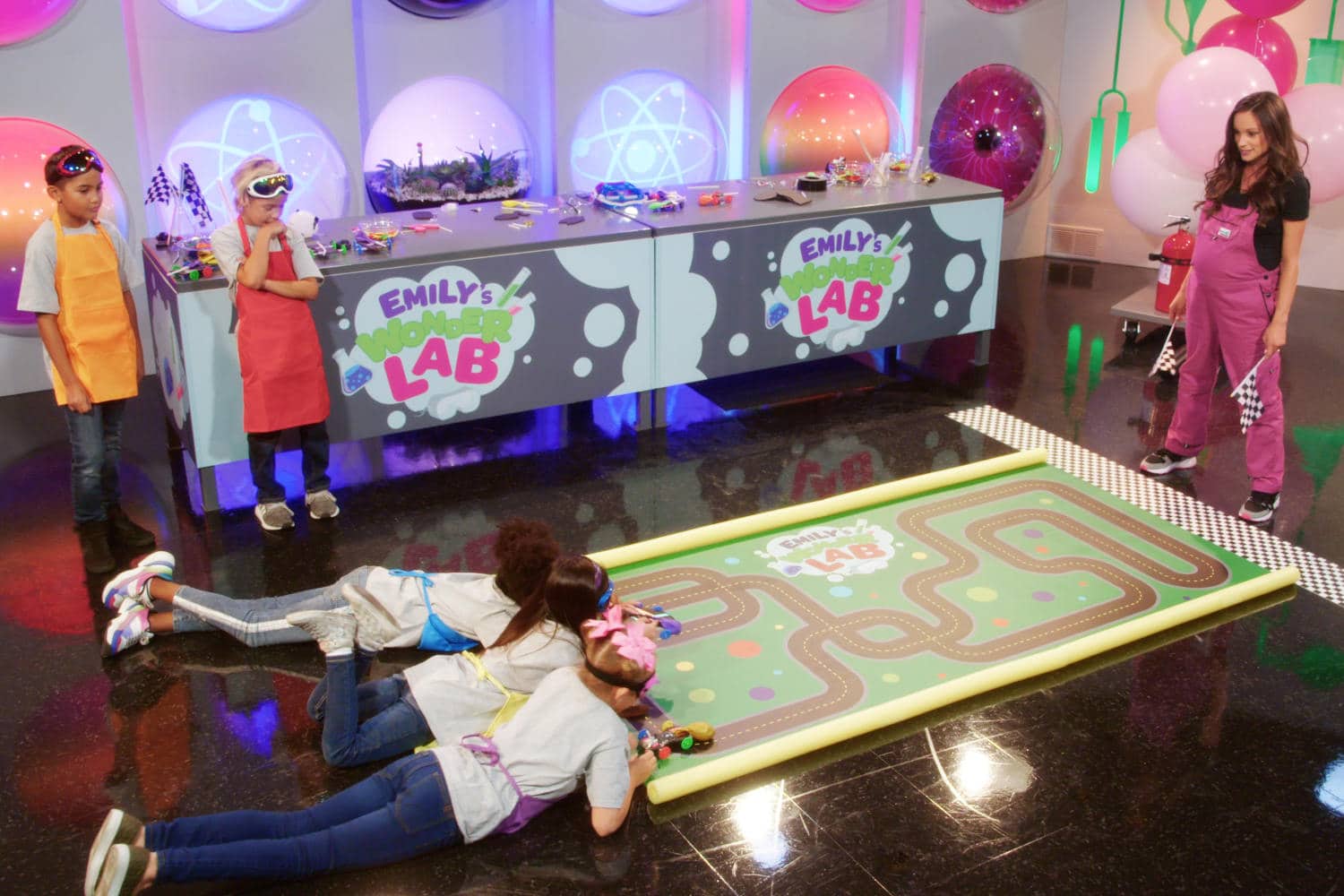
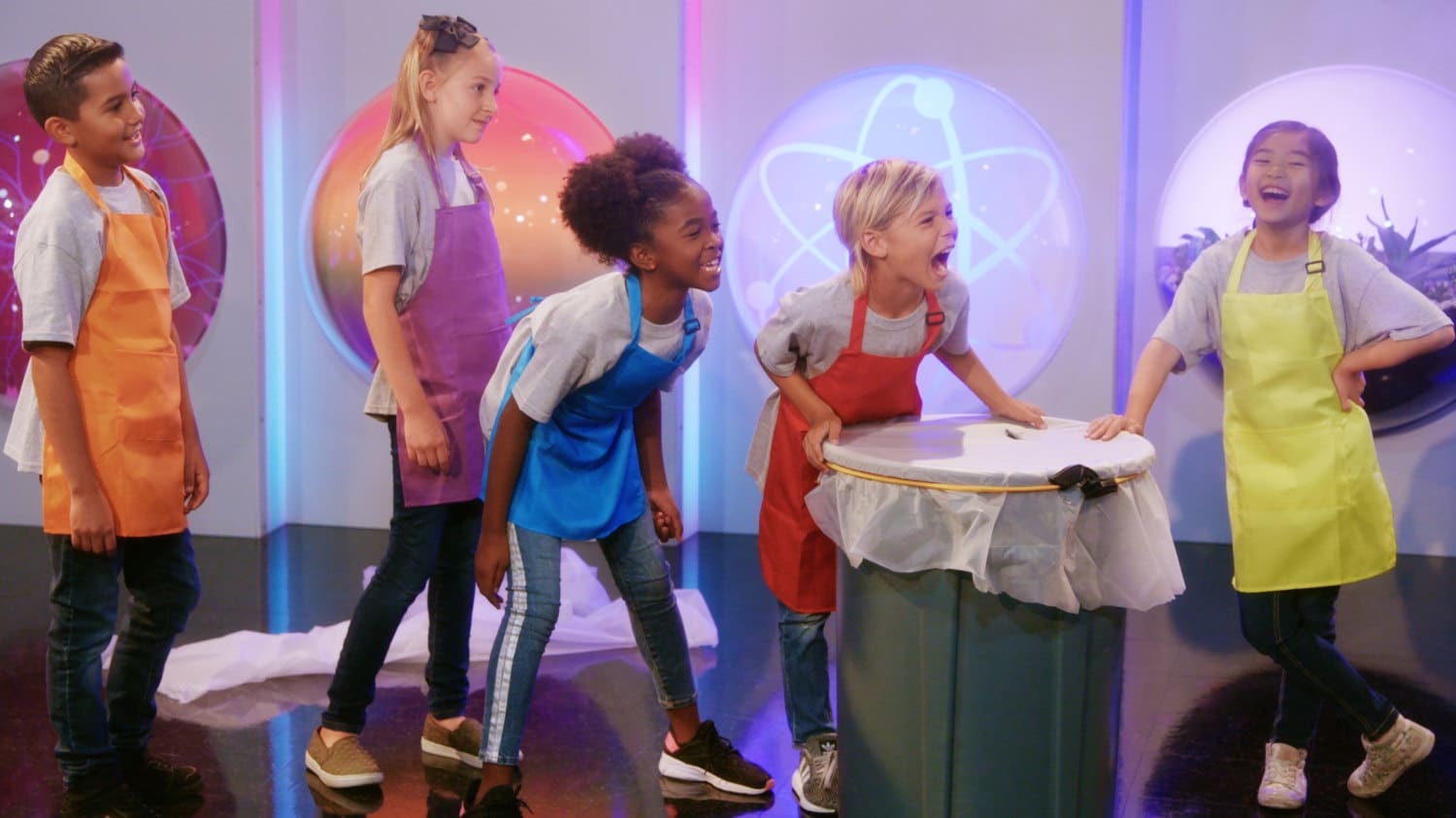
But that’s changed in recent years, and new streaming services and platforms — not just Netflix, but also YouTube, Instagram, and TikTok — are giving a diverse cast of science communicators an opportunity to find an audience. Calandrelli, in fact, has said that she got her first big television break — on “Xploration Outer Space” — because a producer spotted her on YouTube. Since then, Calandrelli’s landed an Emmy nomination, a role as a correspondent on “Bill Nye Saves the World,” and, as of August, a show with her name in the title.
Not only that, “Emily’s Wonder Lab” was filmed when Calandrelli was visibly nine-months pregnant. “I’m especially proud to be a pregnant woman doing science on a platform like Netflix,” she noted on Twitter. “Personally, I think this sends a very cool message as to who is welcome in STEM. These careers aren’t typically very welcoming to families, particularly women who want families.”
It’s an image of scientific authority that’s long overdue. “We know that girls need to see their own identities, or their future desired identities, represented by the women in STEM they see on TV,” Steinke says.
The show also reflects a recent trend in which science programs are giving children more agency. The diverse cast of kids on “Emily’s Wonder Lab” aren’t simply there to ask Calandrelli questions — though they do plenty of that — but as scientific investigators in their own right, developing, sharing, and testing their own hypotheses. In one episode, Calandrelli challenges her kid colleagues to cross a pool of bright blue “oobleck,” a gooey cornstarch-and-water concoction familiar to many schoolkids. She asks the children to hypothesize about the best approach, and several kids sink into the ooze before they figure it out. (The secret? Jump or run hard; the non-Newtonian fluid acts more like a solid when more force is applied.)
Calandrelli, whose style is refreshingly non-prescriptive, frames these literal missteps not as failures, but as critical steps in the scientific process. “This is the basis of all science,” she says. “Trial and error. We are learning what works and what doesn’t.”
Unfortunately, not all of Netflix’s new shows are quite so thoughtful about the scientific process. I wanted to like “100 Humans,” which has an intriguing premise. As the show’s title sequence explains it, “100 human beings, of all ages and backgrounds, representing a cross-section of American society have been invited to participate in a unique experiment. They will place themselves at the mercy of us — three curious hosts — on a mission to answer questions we all have about human behavior.” Unfortunately, “100 Humans” isn’t compelling enough to be good TV or rigorous enough to be good science.
Consider “Let’s Talk About Sex,” which is a reductive, muddled mess. In the episode’s opening scene, for instance, the hosts ask each volunteer to blow up a balloon as large as they can without popping it. Twenty-two of the women end up bursting their balloons, compared to 19 of the men, which somehow prompts the hosts to conclude that “women are bigger risk takers than men.”
Next, the show investigates that pressing scientific question: Do women really “take longer to get ready and leave the house than men do”? The hosts “test” this stereotype by telling the volunteers — who are already dressed, out of their homes, and assembled on set — that they have 10 minutes to gather their stuff, grab a snack, and board a departing charter bus. Ultimately, 14 men and 24 women make it onto the buses on time, spurring the hosts to conclude that women are more punctual than men. Which may or may not be true but is an entirely different question than who takes longer to “get ready.”
This kind of sloppiness plagues the show. The experiments are unnecessarily convoluted and sometimes involve just a small subset of the 100 volunteers, resulting in tiny sample sizes. And yet, they prompt sweeping conclusions: “We have proven conclusively that men and women—they’re equally funny, also equally terrible, when they’re telling really bad jokes,” one host announces. “So the age group at which humans are the most successful is: the 20s!” the show announces in the second episode, which also repeatedly conflates age and generation.
But the biggest underlying problem is the way that the show, which dresses its hosts in lab coats and trots out bar graphs galore, treats science as an infallible source of truth. “100 Humans” never contends with how messy real-world research can be — with the possibility that studies can be poorly designed; that sampling error or confounding variables can lead us astray; or that there are limits to what we can infer from even a well-executed single study. Viewers would never know that psychologists have spent much of the last decade reckoning with a replication crisis — or that the findings from many studies far more rigorous than those depicted on “100 Humans” may be statistical flukes.
“100 Humans” isn’t the first TV show to fall into this trap. Historically, the medium has tended to oversimplify science and portray it as a source of certainty. In part, that’s because uncertainty can be tricky to visualize and can complicate otherwise simple narratives. “But it’s also that people expect the certainty of science,” says David Kirby, a professor of science, technology, and society at California Polytechnic State University. “That’s what they might be tuning in for.”
It is possible, of course, to err too far in the other direction. Take “(Un)Well,” another new Netflix show. The docuseries, which investigates a grab bag of wellness trends (including essential oils, ayahuasca, and intermittent fasting), could desperately use a dose of scientific authority.
Although it seems like the show’s intention is to debunk pseudoscience (“Are we falling victim to false promises?” a narrator intones over the opening credits), in reality its point of view is hard to discern. The show gives the starring roles to the true believers — the patients who are desperate for alternative remedies and the doctors, gurus, and entrepreneurs who are selling them — and only periodically cuts away to scientists and skeptics. The balance feels entirely off, leaving experts without enough time to challenge a barrage of preposterous claims, like that essential oils can “help clean out the blood,” that bee stings can improve hearing, and that fasting can improve vision. To be sure, a personal story of healing and hope makes for better TV than a scientist throwing cold water on a purported miracle cure, but when it comes to unproven health interventions, this approach feels like an irresponsible and potentially dangerous abdication of responsibility.
Shows like “Connected ” and “Emily’s Wonder Lab” demonstrate that it is possible to make compelling science TV that strikes a balance between authority and humility — programs that impart knowledge, spark awe, and embrace a scientific, fact-based worldview without putting the entire discipline on a pedestal. Effective science communication doesn’t simply mean cramming the people’s heads with facts and teaching them to revere research, but also helping them reckon with what the scientific process really looks like, and what it can — and can’t — accomplish. The current political and social climate makes that even more critical. “It’s all the more important for people to understand how science itself works,” says Marcel LaFollette, an independent historian and the author of “Science of American Television: A History.” “And yes, scientists can say, ‘Well, we found something, we thought this was true, and then we found no, we were wrong.’”
And so, if any Netflix executives are reading, I have my own pitch for a new science show: “100 Different Humans: The Replication Project.”


